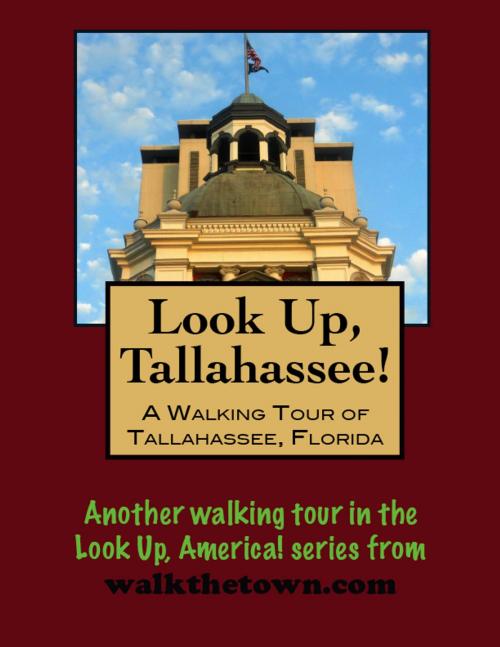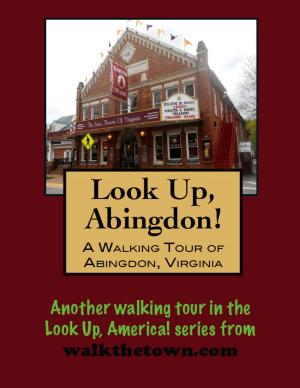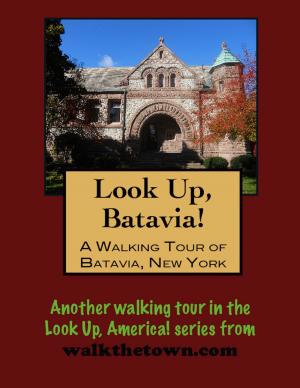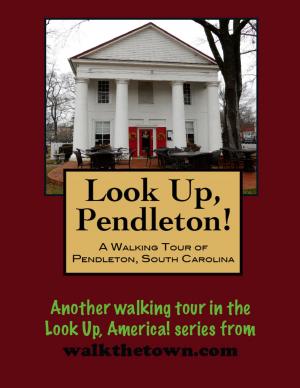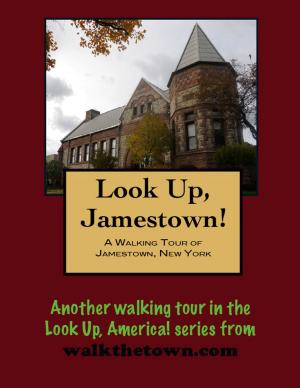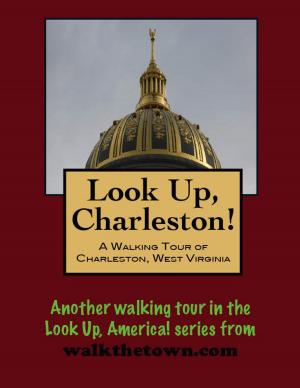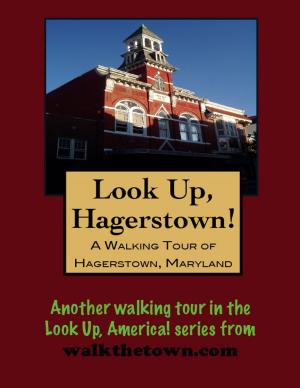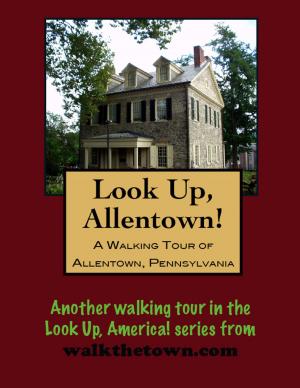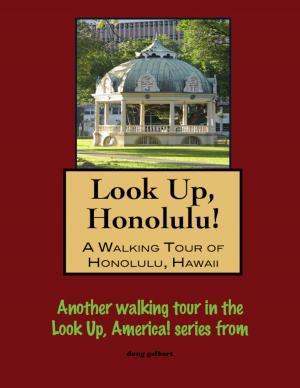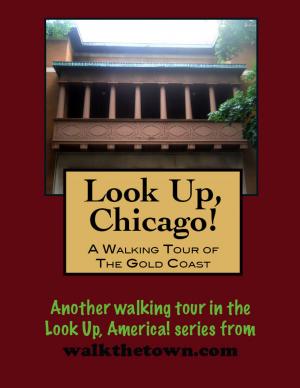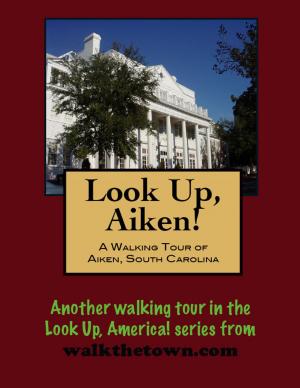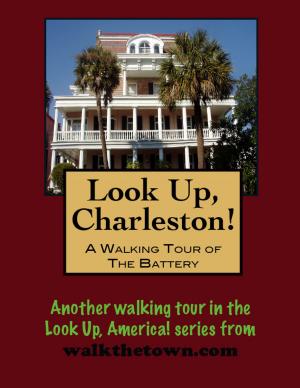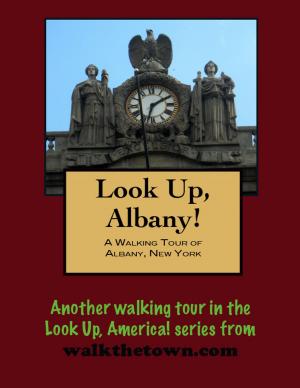| Author: | Doug Gelbert | ISBN: | 9781465805041 |
| Publisher: | Doug Gelbert | Publication: | July 20, 2011 |
| Imprint: | Smashwords Edition | Language: | English |
| Author: | Doug Gelbert |
| ISBN: | 9781465805041 |
| Publisher: | Doug Gelbert |
| Publication: | July 20, 2011 |
| Imprint: | Smashwords Edition |
| Language: | English |
There is no better way to see America than on foot. And there is no better way to appreciate what you are looking at than with a walking tour. Whether you are preparing for a road trip or just out to look at your own town in a new way, a downloadable walking tour is ready to explore when you are.
Each walking tour describes historical and architectural landmarks and provides pictures to help out when those pesky street addresses are missing. Every tour also includes a quick primer on identifying architectural styles seen on American streets.
When the Florida Territory was annexed to the United States, it welded together the Spanish colony of East Florida and the British colony of West Florida, an unwieldy political union. The first session of the new Florida Legislative Council met on July 22, 1822 in the old British colonial capital of Pensacola. It took the lawmakers from the one-time Spanish capital of St. Augustine 59 days to get to the meeting. For the second session held in St. Augustine the western legislators managed to make the journey around the peninsula in 28 days. Clearly this was not going to continue.
At that second session it was agreed to site a new territorial capital somewhere in the middle of the two towns and the spot chosen was an abandoned Apalachee Indian settlement called Tallahassee, roughly translated as "old fields." In 1824 the third session convened in a crude log building here. But the arrangement was agreeable and a town materialized in the Florida wilderness. America's foremost man of letters, Ralph Waldo Emerson, paid a visit in 1827 and reported, "Tallahassee, a grotesque place, selected three years since as a suitable spot for the capital of the territory, and since that day rapidly settled by public officers, land speculators and desperados..."
Tallahassee developed into a center of the cotton trade and in 1834 Florida's first railroad, the Tallahassee-St. Marks, was constructed to bring cotton to the Gulf of Mexico coast, 30 miles to the south. The first trains moving down the tracks were pulled by mules. By 1845, when Florida officially entered the Union a Greek Revival capitol building was ready. Tallahassee would be the only Confederate capital east of the Mississippi not to be captured during the Civil War but the post-war years brought a greatly reduced role for the town as cotton center. By the end of the 19th century Tallahassee had settled into a role as a government and education center with two schools, the Florida State College for Women and the Florida Agricultural and Mechanical College for Negroes, operating near the Capitol.
For the first half of the 20th century Tallahassee remained a small southern town where most everyone lived within walking distance of the Capitol and decisions were made on spending projects hundreds of miles away in the exploding cities along the coasts. There was even a movement in the 1960s to move the state capital down the peninsula to the newly bulging population centers. Instead lawmakers opted to stay put and spend some of the state's tax dollars on the capital city. The 1960 population of 89,000 has since doubled to over 180,000.
The first order of business to pump up Tallahassee in the 1960s was to erect a new capitol building and that is where we will start our walking tour, to see what that original log cabin from 1824 has wrought...
There is no better way to see America than on foot. And there is no better way to appreciate what you are looking at than with a walking tour. Whether you are preparing for a road trip or just out to look at your own town in a new way, a downloadable walking tour is ready to explore when you are.
Each walking tour describes historical and architectural landmarks and provides pictures to help out when those pesky street addresses are missing. Every tour also includes a quick primer on identifying architectural styles seen on American streets.
When the Florida Territory was annexed to the United States, it welded together the Spanish colony of East Florida and the British colony of West Florida, an unwieldy political union. The first session of the new Florida Legislative Council met on July 22, 1822 in the old British colonial capital of Pensacola. It took the lawmakers from the one-time Spanish capital of St. Augustine 59 days to get to the meeting. For the second session held in St. Augustine the western legislators managed to make the journey around the peninsula in 28 days. Clearly this was not going to continue.
At that second session it was agreed to site a new territorial capital somewhere in the middle of the two towns and the spot chosen was an abandoned Apalachee Indian settlement called Tallahassee, roughly translated as "old fields." In 1824 the third session convened in a crude log building here. But the arrangement was agreeable and a town materialized in the Florida wilderness. America's foremost man of letters, Ralph Waldo Emerson, paid a visit in 1827 and reported, "Tallahassee, a grotesque place, selected three years since as a suitable spot for the capital of the territory, and since that day rapidly settled by public officers, land speculators and desperados..."
Tallahassee developed into a center of the cotton trade and in 1834 Florida's first railroad, the Tallahassee-St. Marks, was constructed to bring cotton to the Gulf of Mexico coast, 30 miles to the south. The first trains moving down the tracks were pulled by mules. By 1845, when Florida officially entered the Union a Greek Revival capitol building was ready. Tallahassee would be the only Confederate capital east of the Mississippi not to be captured during the Civil War but the post-war years brought a greatly reduced role for the town as cotton center. By the end of the 19th century Tallahassee had settled into a role as a government and education center with two schools, the Florida State College for Women and the Florida Agricultural and Mechanical College for Negroes, operating near the Capitol.
For the first half of the 20th century Tallahassee remained a small southern town where most everyone lived within walking distance of the Capitol and decisions were made on spending projects hundreds of miles away in the exploding cities along the coasts. There was even a movement in the 1960s to move the state capital down the peninsula to the newly bulging population centers. Instead lawmakers opted to stay put and spend some of the state's tax dollars on the capital city. The 1960 population of 89,000 has since doubled to over 180,000.
The first order of business to pump up Tallahassee in the 1960s was to erect a new capitol building and that is where we will start our walking tour, to see what that original log cabin from 1824 has wrought...
